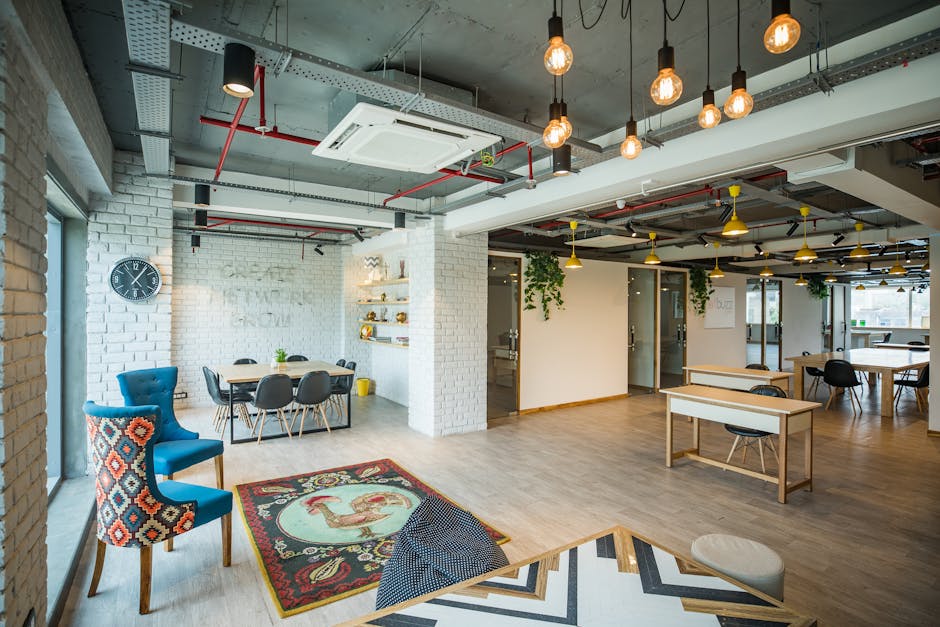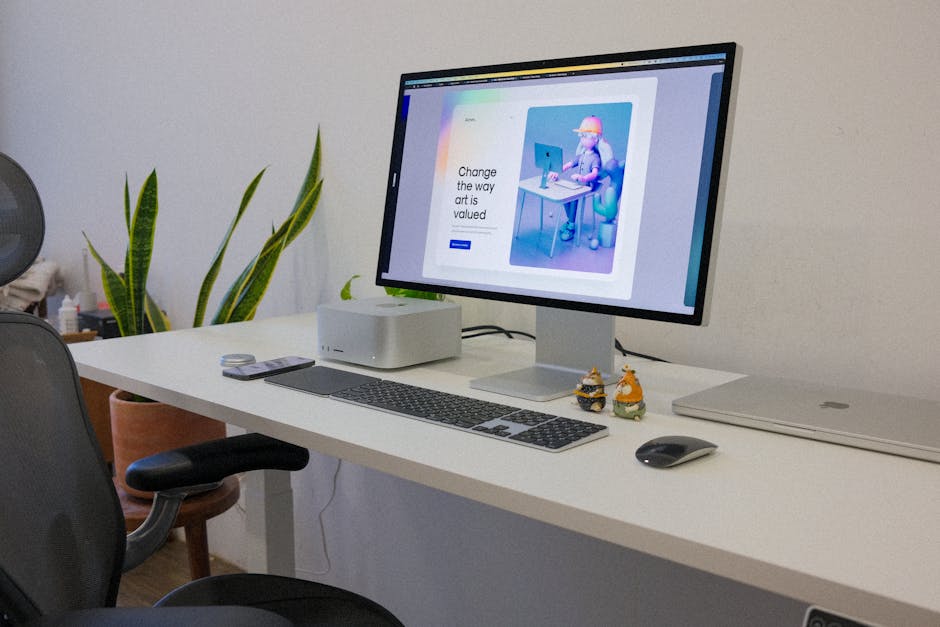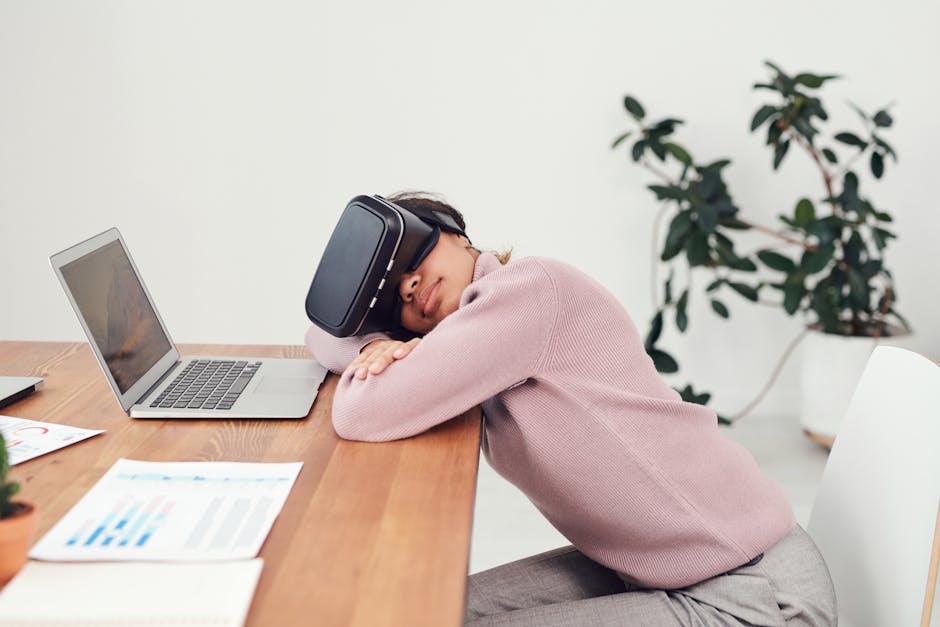The Green Revolution: Why Plants in Offices Are Essential for Workplace Wellness
“The integration of plants into office environments isn't just about aesthetics—it's a science-backed approach to improving workplace wellness. This article explores how biophilic design enhances productivity, purifies air quality, and contributes to employee satisfaction, providing practical insights for facility managers looking to transform their workspaces. ”

The Green Revolution: Why Plants in Offices Are Essential for Workplace Wellness
In today's corporate landscape, the concept of biophilic design—connecting humans with nature in built environments—has evolved from a trendy aesthetic choice to an evidence-based workplace strategy. The humble office plant, once considered merely decorative, now stands at the forefront of workplace wellness initiatives, offering benefits that extend far beyond visual appeal.

The Science Behind Plants in the Workplace
Research from Exeter University has been particularly illuminating on this subject. Psychologists studying the relationship between plants and human performance have discovered remarkable improvements in employee memory and productivity when greenery is introduced to office spaces.
Dr. Craig Knight from Exeter University explains this phenomenon with a compelling analogy: just as animals cannot thrive in barren environments devoid of appropriate plant life, humans similarly struggle in sterile office settings. His team conducted three comprehensive studies across European offices, with consistent findings:
- The first study showed improvements in workplace satisfaction, concentration, and perceived air quality
- The second study confirmed enhanced workplace satisfaction for employees with nearby plants
- The third study demonstrated a 15% increase in productivity without any compromise in work quality
The key takeaway? Ensuring every employee can see at least one plant from their desk creates a "fantastic difference psychologically," according to Dr. Knight, with improvements in creative thinking and memory retention sometimes reaching up to 20%.
The Biological Benefits: Beyond Aesthetics
The relationship between humans and plants represents one of nature's most perfect symbiotic relationships. While we inhale oxygen and exhale carbon dioxide, plants do the opposite—creating an ideal biological partnership.

This natural air-purification system goes beyond basic oxygen production. Plants actively remove volatile organic compounds (VOCs) from the air—including formaldehyde, benzene, and hexane—which often emanate from office paints, carpeting, and furniture. These compounds can cause symptoms ranging from headaches and dizziness to more serious health concerns with prolonged exposure.
Charlie Hall, horticultural science chair at Texas A&M, emphasizes plants' ability to filter these indoor pollutants, effectively serving as natural air purifiers in the workplace. This biological benefit translates to fewer sick days and a healthier workforce overall.
The Psychological Impact of Biophilic Design
The psychological benefits of incorporating plants into office design are equally significant. The concept of the "nature gap" highlights our innate need for connection with the natural world—a need that often goes unmet in traditional office environments.
Consider where people instinctively gravitate during breaks: parks, gardens, and natural settings. This attraction isn't coincidental but reflects our biological programming. Humans evolved in natural environments, and our psychological wellbeing remains tied to these connections.
When companies promote wellness in the workplace through biophilic design, they acknowledge this fundamental human need. The presence of plants signals that an organization values employee wellbeing, creating an environment that feels more aligned with our natural state.
The Business Case for Office Plants
Beyond the health and psychological benefits, there's a compelling business case for incorporating plants into office design:
1. Talent Attraction and Retention
In competitive hiring markets, office aesthetics matter. Companies like Amazon have made headlines with their plant-filled workspaces, setting a new standard for workplace environments. Job seekers increasingly evaluate potential employers based on workplace design, with biophilic elements often signaling a progressive company culture.

2. Enhanced Productivity and Creativity
The 15-20% boost in productivity observed in research studies translates directly to business outcomes. When employees can think more creatively and retain information better, the quality of work improves across all departments.
3. Improved Visitor Impressions
First impressions matter for clients, partners, and potential hires. A thoughtfully designed space with natural elements creates a positive impression that can influence business relationships and workplace strategy.
4. Cost-Effective Wellness Solution
Compared to other workplace wellness initiatives, plants offer an exceptional return on investment. The initial cost and maintenance requirements are minimal compared to the multifaceted benefits they provide.
Practical Implementation: Bringing Nature Indoors
For facility managers and HR professionals looking to implement biophilic design, here are practical considerations:
Start Small but Visible
Begin with strategically placed plants in common areas and meeting rooms. Even a modest number of plants can make a significant impact when positioned thoughtfully. The goal is to ensure plants are visible from most workstations.
Consider Maintenance Requirements
Select plants appropriate for your office environment, considering factors like:
- Available natural light
- Temperature fluctuations
- Maintenance capabilities
Low-maintenance options like snake plants, pothos, and ZZ plants thrive in office environments with minimal care requirements.
Create Plant-Centric Zones
Designate specific areas as "green zones" with higher concentrations of plants. These can serve as relaxation or collaboration spaces, offering employees a more immersive natural experience when needed.
Involve Employees
Consider implementing a plant adoption program where employees can select and care for their own desk plants. This creates personal investment in the biophilic initiative and distributes maintenance responsibilities.
The Future of Workplace Design
As organizations continue to refine their data analysis in the changing workplace, the importance of biophilic elements will likely increase. The trend toward plant-integrated workspaces represents more than an aesthetic preference—it's a recognition of fundamental human needs in the built environment.

Leading companies are already moving beyond basic potted plants to more sophisticated biophilic designs, including:
- Living walls
- Indoor gardens
- Plant-integrated furniture
- Naturally lit atriums filled with vegetation
These advanced implementations create workspaces that blur the boundaries between indoors and outdoors, offering employees the psychological benefits of nature throughout their workday.
Conclusion: A Natural Solution for Modern Workplaces
The evidence is clear: plants in offices deliver measurable benefits for both employees and organizations. From improved air quality and enhanced productivity to better psychological wellbeing and stronger talent attraction, the case for biophilic design is compelling.
As workplaces continue to evolve in response to changing expectations and distributed workforce trends, incorporating natural elements represents one of the most accessible and effective strategies for creating environments where people can thrive.
By bringing nature indoors, organizations acknowledge our fundamental connection to the natural world—a connection that, when honored, allows us to bring our best selves to work each day. In the pursuit of workplace excellence, sometimes the most sophisticated solution is also the most natural one.